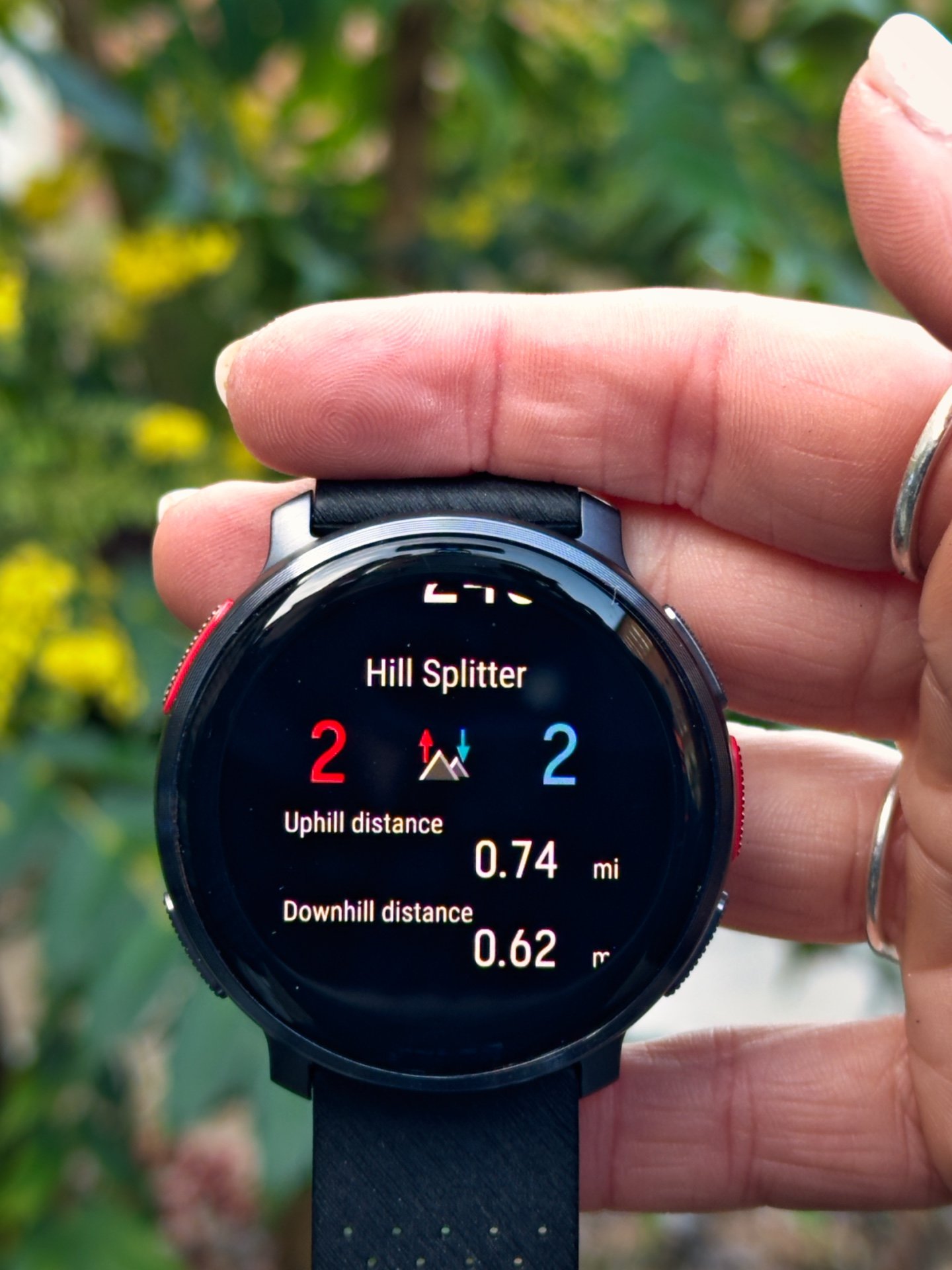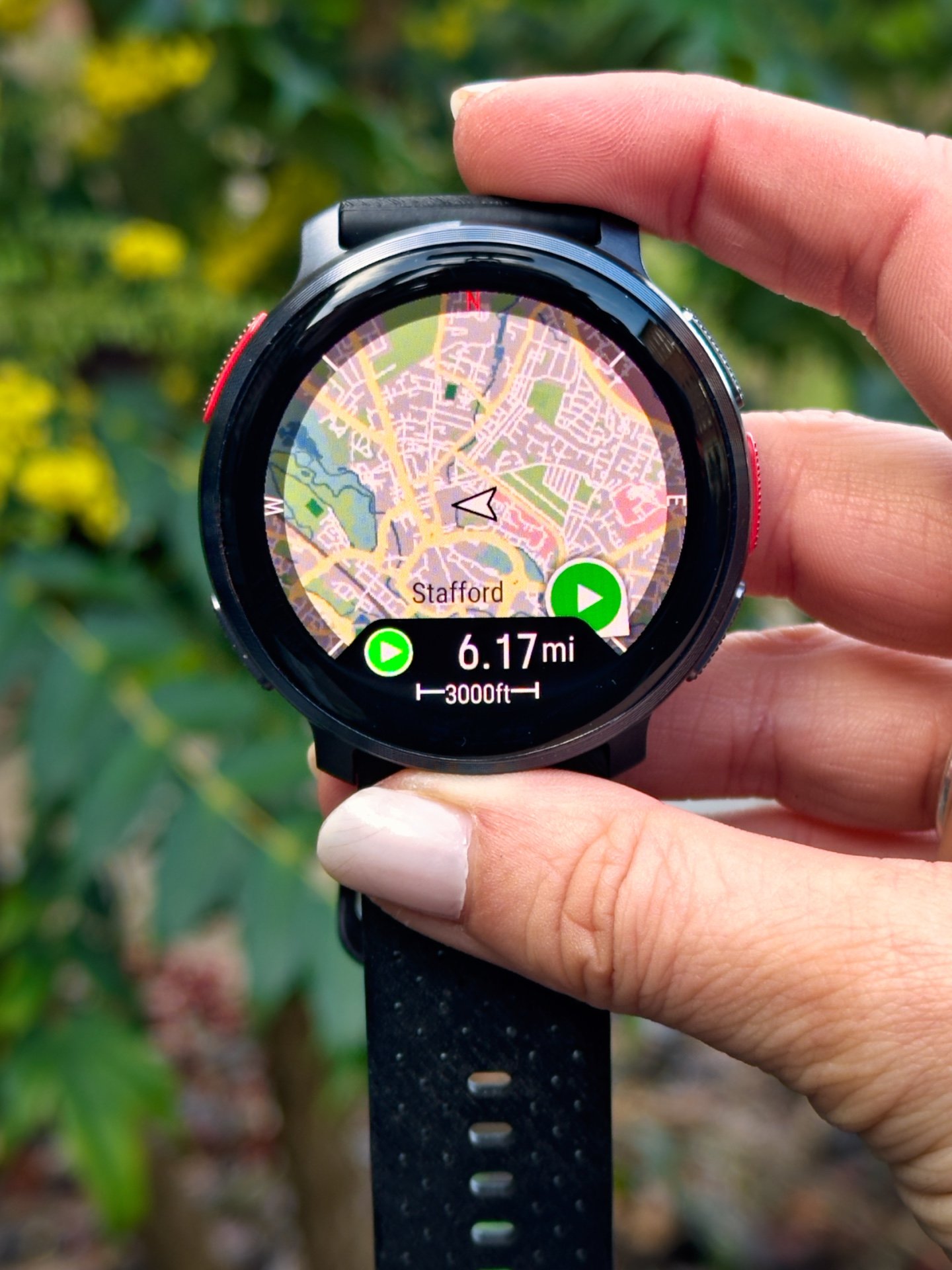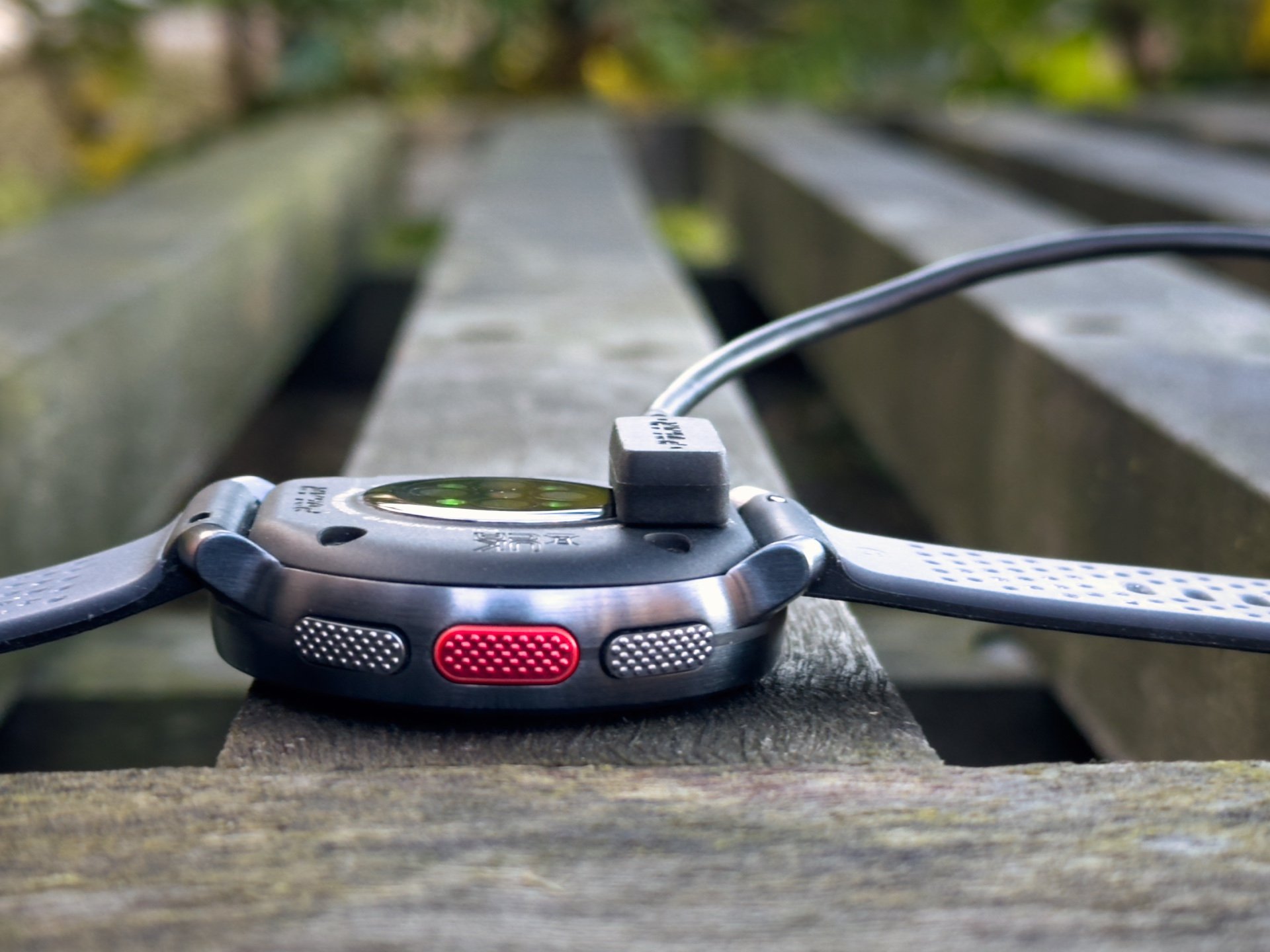Polar Vantage V3 review
0 other reviews
Polar Vantage V3 Verdict
The pros
- The watch looks sensational – Polar have definitely upgraded the aesthetics of a training watch with a lot of attention to detail from the matte strap
- Updated graphics and screen size make the watch much easier to see and it's current with the times.
The cons
- Battery life discrepancy is not okay, it’s annoying to keep having to take off the watch to charge every few days.
- Offline maps didn’t seem to add anything extra for me, even as a trail ultra-runner – you don’t need this addition
- Have tattoos? You’ll probably need to invest in a heart rate monitor which is an extra cost – but many have complained about the general reliability o
Facts / Specs
Who should buy the Polar Vantage V3 ?
This watch is for any runner serious about running and who wants an aesthetic-looking watch that can go from training to evening wear with ease.
Its predecessor is not attractive and often ruins an outfit but the V3’s sleek design makes it worth the price tag.
That being said it does offer fantastic training metrics that are beginner-friendly right through to the data nerds caught up on cadence, mile splits and so forth.
Who should not buy the Polar Vantage V3 ?
A V2 owner. If your older model is still functioning well then it’s probably out-doing the V3. It really isn’t worth the upgrade unless you want a sleeker-looking watch.
Polar Vantage V3 Design and Hardware

There is no denying that Polar have upped the ante when it comes to the design, look and feel of the new Vantage V3 sports watch. The Aerospace Aluminium bezel pairs so well with the matte silicon strap. Add the perforated buttons in grey, deep red and a bronze/gold tint gives the V3 a serious levelled-up, expensive feel to it.
The screen is larger, from 1.2 inches on the V2 to 1.39 inches on the V3 and an AMOLED 326ppi resolution screen to boot. There’s a pop of colour that truly stands out on the newer model, thanks to improved screen brightness.
As for the black border on the screen that was so prominent on the V2, Polar still have that but it is much less noticeable as it’s hidden in the Gorilla Glass 3 curvature. A trusty, well-manufactured piece of equipment that is yet to receive a scratch from everyday use.

What was quite shocking to realise that this V3 sits more flush to the wrist than its predecessor, yet it is 1.5mm thicker than the V2 at 14.5mm. The flush-ness could be due to their updated On-the-Wrist Heart Rate monitor technology (enter the Elixir Biosensing technology). On the V2 this sticks out a bit which can lift the watch but on the V3 it is all flush and in-line.
It’s interesting to see that Polar have opted to downgrade the Water resistance of their watch from 100m on the V2 to 50 on the V3. And I must say that running in the rain hasn’t affected the use of the watch but in the shower with a heavier flow of water the screen usage was questionable. Whereas the V2 had no issues at all whilst in the pool.
Polar Vantage V3 On the Run

I cannot fault the Polar V3 when it comes to on-the-run screens, detailing and guidance: it is fantastic.
There are six training screens, with heart rate, distance, pace and duration – incline and decline measurements – heart rate live with graphs – GPS maps and navigation – time and duration of workout – and music controls.
The above is if you’re just clicking go, the faces are different on a structured workout. The primary face will have a countdown timer, heart rate (and its target zone parameters) and let you know how many stages of the workout is left, i.e. 2/3 sprints at the bottom.
If you are doing a specific workout from the Polar Flow app then the watch will guide you through it entirely, you do not need to think – just do! There will be a countdown of three seconds to prepare for the next phase or exercise, it will also tell you if your heart rate is too high or low for the zone aiming for. Fantastic piece of kit.
Polar’s navigation has always been brilliant, with easy visuals and worded turn-by-turn guidance – a little alert beep should you go off course which worked well in an unknown city – more on this later.

One caveat I had with the V3 is its unreliability when it comes to the heart rate readings on the run. At rest, the all-new heart rate bio-technology can accurately measure my pulse (when compared to other trackers and watches) even on top of tattoos but whilst training this is an entirely different ballgame.
The V2 managed perfectly well to measure heart rate through a tattoo whilst on and off training but the V3 cannot.
On several occasions, it will hold a BPM average of 80-85 and not budge (even when I’m sprinting). So I would pair it with a chest strap as they worked seamlessly together – it’s just another expense.
Polar Vantage V3 After the run: software and connectivity

Post-run data on the watch is very detailed, from times and distance to cardio load scores, heart rates to energy used in percentages (carbs, protein, fat) – I like this feature.
Pace, running index score, speed zones, power outputs, power zones, cadence, altitudes, and hill splitters – and then there’s tons more on the app with graphs, maps and splits – it’s a runner’s dream.
*It should be noted that this data isn’t exclusive to the V3 watch – the same data is collected with the V2.
You will have to manually sync the V3 to the PolarFlow app – this hasn’t changed.
Polar Vantage V3 Other activities

There are some great new features added to the V3 but some seem rather pointless.
Sleep boost – This gives a colourful bar chart of what time throughout the day you will have an energy boost from your sleep.. not too sure why or how this helps to be honest. It seems Polar are trying to compete with Garmin’s body battery and if so – just leave well alone, this isn’t the answer.
Skin temperature – This was impossible to read through a tattoo in the night so turn the watch around. I also don’t really get why we need this feature – the watch gives me Heart Rave Variability scores and recovery stats so if I’m ill, other information will help me understand that. I guess this is a foolproof widget for beginners or directly for those who train in hotter climates for heat-stroke avoidance (but then it’s measured at night. So?)
Sleep – A great detailed sleep analysis is available for both the V3 and V2 users – there isn’t much difference there (except the sleep boost info on the V3). Both have heart rate variability scores, ANS and sleep charge information but be warned this is extremely hit-and-miss with a tattoo so wear it on the inside of your wrist overnight.
ECG – I’m not too sure why they added the ECG feature. I haven’t used it – other than the try it out and again it’s a no-go on a tattooed wrist- strange considering it can hack a live heart rate reading with ease. A wasted addition to be honest.
Workouts
Polar are great in their workout library and recommendations based on your training goals and the V3 continues to deliver on that front – but again it’s not offering anything that the V2 can’t.
Whether it’s your training plan workout or supportive, cardio and/or strength recommendations should you need to be flexible with your training – this is wonderful and keeps the mental demons at bay if you can’t get to the set session that day – opt for a recommended option to help keep you on track.
Polar also offer bespoke training plans for distances up to a full marathon should you want to be guided – but be warned you cannot purchase a third-party training plan and import it into Polar. You will have to input it all manually (which takes forever!)
*nothing here is different from the V2 and V3 models.
Polar Vantage V3 Accuracy and battery life

Polar advertises 8 days of normal watch use, 5 days with always on display (which I do not use).
After the initial charge, the watch lasted 9 full days with full use (training daily and notifications on, screen off) however after a full recharge of a few hours the watch, with the exact same usage, lasted two days maximum.
It’s been a bit hit and miss sometimes the watch lasts a week, and other it’s days there has been no consistency with the V3 whereas the V2, with the duller screen and graphics, is consistent and sturdy with well over a week, full use, after a full charge.
Polar Vantage V3 Other interesting functions

Before I downloaded the offline maps, I took the V3 abroad with me to run in Poland and was not impeded at all.
In a City I’ve never been in, the V3 got me back to my hotel room with clear, precise guidance.
Both the V2 and V3 are fantastic when it comes to turn-by-turn navigation back home or on a route.
So you do not need to upgrade for the V3 for the map at all. However, it could help in remote areas… so say Polar.
Polar Vantage V3 Conclusions

The Polar Vantage V3 is an expensive piece of kit and honestly, I think this is due to the look and feel of the watch over what It can do and how well it performs.
Polar have added a few features but there’s no real understanding as to why they’re there do they add $150 more value? Probably not, but the aesthetics does.
Whether you’re a seasoned athlete or a newbie on the running scene, this Polar Vantage V3 will offer you a lot in terms of training metrics and recovery, in a package that’s decent on the eye.
However, for the raw features, reliability and durability I would have to stick to the Polar Vantage V2.
Reviewed by Louise
Louise is an avid trail runner (after completing ‘London2Paris:10 marathons in 10 days’ on roads; her knees much prefer the scenic route these days). She has a degree in Sports Therapy, works as a therapist for many sports (including GB Triathlete Veterans ) and taught at a University in the UK. A coach, certified blind-guide runner, ultra-marathon-er? and a Women’s wellbeing writer; her anecdotes pack a hefty punch.
User feedback (0)
Recommended reviews


ASICS Gel Kayano 30 Review





















